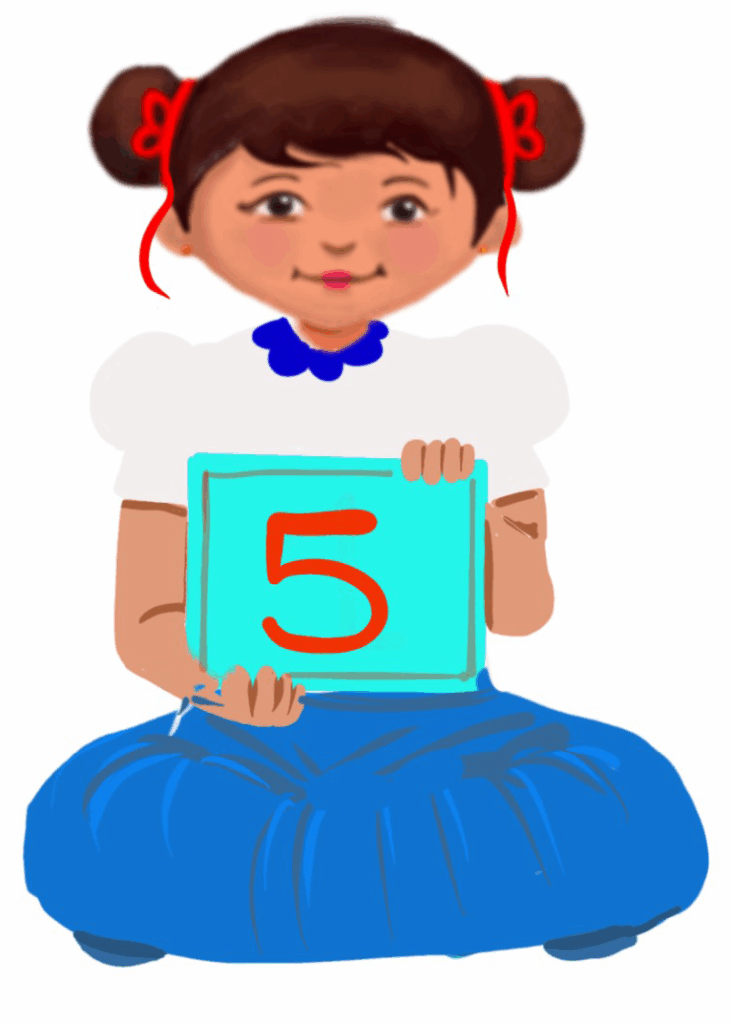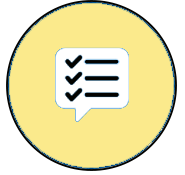
Formatting Slides in PowerPoint
Class 5
 Objective
Objective
Students will be able to…
- understand the basic formatting options in MS PowerPoint
- demonstrate a fully formatted slide.
 Prerequisites
Prerequisites
Students should…
- have prior knowledge of the parts of the computer
- know basic computer skills and be able to navigate the computer
- have good hand-eye coordination
- have developed the motor skills to type on the keyboard correctly
- know how to read and write
- have some typing skills
- know how to open the MS PowerPoint
- be able to focus for an extended period to complete the activities.
 Goal
Goal
All
All children will be able to open a PowerPoint presentation and add text and images.
Some
Some children will be able to apply a few formatting options.
Few
Few children will be able to format a PowerPoint presentation with a suitable background, font, text alignment and colours.
Operational Definition
All – This gives the goal, which is the minimum that the teacher must achieve for all students in the classroom.
Some – This gives the goal that the teacher may try to achieve for some students in the classroom who can achieve the suggested goal over and above the goal stated for ‘All’.
Few – This gives the goal that the teacher may try to achieve for few students in the classroom who can achieve the suggested goal over and above the goal stated for ‘Some’ and ‘All’.
Materials Required:
Technology
- An audio-enabled computer with an internet connection, a smartboard projector, and a screen.
- All devices, like laptops, tablets, and desktop computers, have accessibility features enabled.
- Screen readers like JAWS and NVDA.
- Large keyboards, built-in screen magnifiers, hearing aids, text-to-speech and speech-to-text software.
- Voice recognition software like Siri, Windows Speech Recognition, headsets, etc.
- Student writing or typing tools.
- Ensure that MS PowerPoint is installed on the computer and is compatible with the computer’s operating system.
- The computer should have the minimum hardware requirements to run Microsoft PowerPoint, which vary depending on the version of MS PowerPoint.
- Ensure that the computers and software used for teaching MS PowerPoint are accessible to all students.
Teacher Materials
- Lesson videos
- Well-formatted and poorly formatted slide
- Visual guides or handouts on formatting options (e.g. themes, font choices)
Student Handouts
- Handout 1: Formatting tool handout
Print Preparation
The teacher will print, copy or laminate (wherever applicable):
- Handouts
- Thumbs up and Thumbs down Card
- Yes or No Cards
Preparation for the Activity:
- All the learning and teaching materials needed for this lesson plan must be ready before the lesson begins.
- Ensure that there are enough copies for all children. Multiple copies can be made by photocopying too.
- Please have the assistive technologies and accessibility features ready for your inclusive classroom.
Setup for transacting the lesson:
This topic must be taught in the computer lab.
1. Activate Prior Knowledge
The teacher should begin the lesson with a discussion.
“Have you ever seen a PowerPoint presentation? Have you used PowerPoint before? If so, what did you create?”
Next, show two example slides: one that is well-formatted and one that is cluttered.
Ask the students, “Which slide would you prefer to look at, and why?”
Facilitate a discussion on the importance of formatting in presentations.
Possible answers: making information clear, keeping the audience engaged, etc.
LTM: Microsoft PowerPoint Tools Poster
LTM: Microsoft PowerPoint Tools Horizontal Poster
LTM: Microsoft PowerPoint Tools Enlarged Poster
LTM: Well Formatted PPT
LTM: Poorly Formatted PPT
2. Formatting Slides in MS PowerPoint
The teacher should show the students a blank PowerPoint slide and teach them how to apply the following features.
Themes and Backgrounds: Show how to change slide themes, select background colours, and add images.
Text and Fonts: Demonstrate how to change the font type, size, and colour.
Text Alignment and Layouts: Show how to align text (left, right, centre) and apply different slide layouts.
Video: Formatting Slides in MS PowerPoint
Video: Formatting Slides in MS PowerPoint with ISL
Try me
3. Do it Yourself
Aim: To create a MS PowerPoint presentation.
Materials required: Computers/Laptops/with MS PowerPoint installed/accessibility features, assistive technologies and adaptive devices
Setting for the activity: Computer lab
Procedure:
- The teacher has to guide the students in creating their slides.
- Let the students choose a topic or the teacher can ask the students to choose a topic such as ‘My favourite food/Place/Flower’ or ‘My School’.
- The students have to format their slides by:
Choosing a background colour or image.
Selecting and customising a font.
Adjusting text alignment and adding a slide layout of their choice. - Move around the room to help students as needed, offering one-on-one guidance on using formatting tools.
4. Home Activity
The teacher can give the students a home assignment to create a PowerPoint presentation.
The students should be allowed to independently create a formatted slide on a topic of their choice.
Students should be allowed to experiment with different themes, layouts, fonts, colours and alignment to make their presentation appealing.
5. Assistive Technologies and Adaptive Devices
Assistive Technologies and Adaptive Devices
Teacher Resource Document
| Source and Attribution of images: All images used in the above Assets and Aids are originally created. |
| This digital material has been developed by the Sri Sathya Sai Vidya Vahini Inclusive Education Project, a unit of Sri Sathya Sai Central Trust, Prasanthi Nilayam, as a collaborative offering in the service of our nation. |